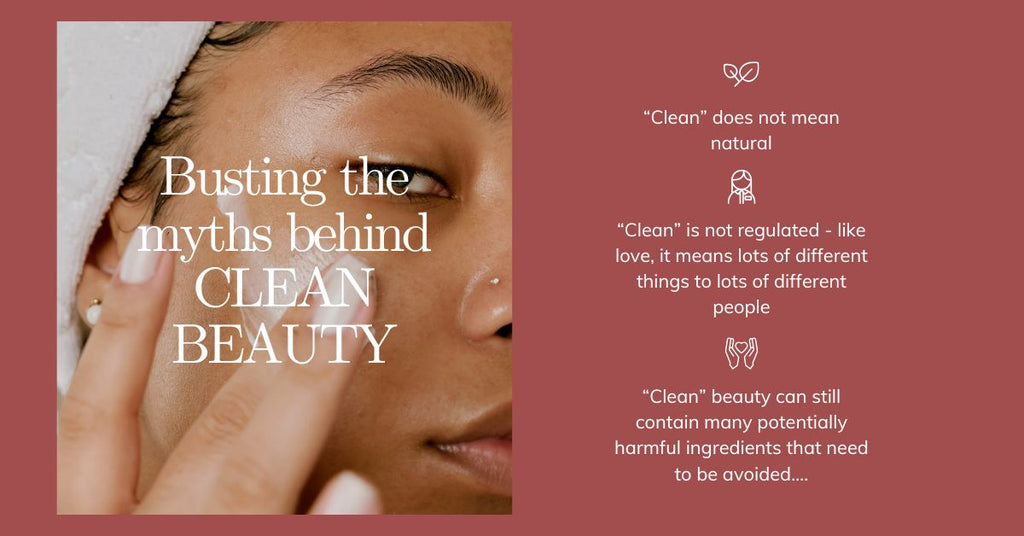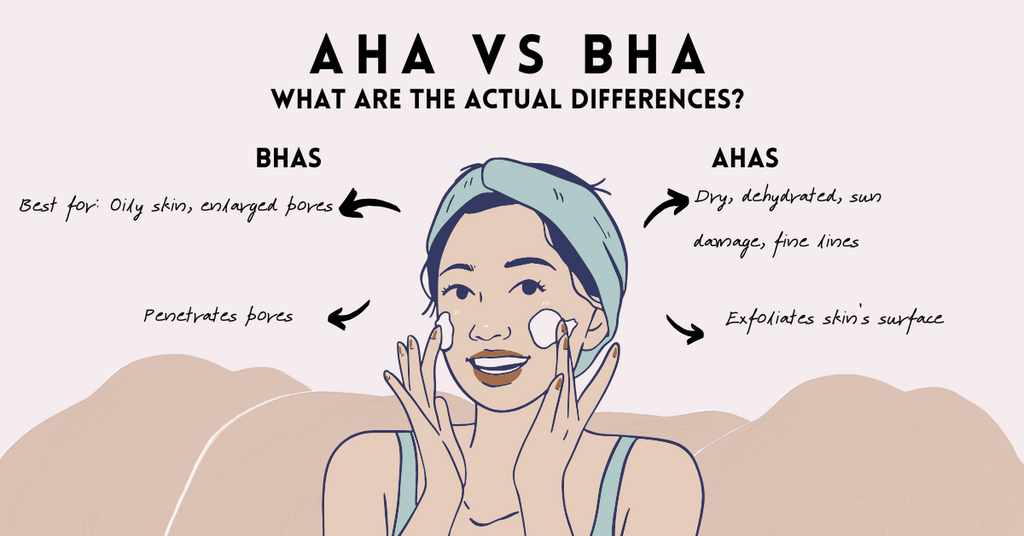
Introduction to Plant-Based Chemical Peels: What They Are and Why They're Gaining Popularity

If you’ve been exploring ways to refresh your skincare routine, you’ve likely come across the term chemical peel—and maybe that sounds a little intense, right? The idea of putting "chemicals" on your face can feel a bit intimidating. But what if I told you that plant-based chemical peels offer all the benefits of exfoliation, rejuvenation, and glow without the harshness we sometimes associate with synthetic peels?
Let’s break down why plant-based chemical peels are not just a trend but a smart, skin-friendly option for a glowing complexion.
What Are Plant-Based Chemical Peels?
At their core, chemical peels are designed to exfoliate the outer layers of skin, encouraging cell turnover and revealing fresher, smoother skin. Unlike the synthetic peels you might find at a dermatologist’s office, plant-based peels use naturally derived acids and enzymes from fruits, plants, and herbs to achieve the same effect—but in a gentler, more nourishing way.
Some key players in these peels are Alpha Hydroxy Acids (AHAs) and Beta Hydroxy Acids (BHAs). If those sound like fancy science terms, don’t worry—I’ve got you. These acids, when plant-derived, are often sourced from familiar ingredients like sugarcane, citrus fruits, and willow bark. And the best part? They work to exfoliate and renew your skin without the synthetic chemicals.
For example, glycolic acid, an AHA, is commonly sourced from sugarcane, while salicylic acid, a BHA, is derived from willow bark. If you’re looking for something extra gentle, fruit enzymes like those from papaya and pineapple offer natural exfoliation with a bonus dose of antioxidants.
Why Are Plant-Based Peels Gaining Popularity?
Here’s why you’ll keep hearing about plant-based peels:
1. Gentle Yet Effective
One of the top reasons people are turning to plant-based peels is their gentle nature. While traditional chemical peels can feel harsh and leave you with redness or peeling, plant-based options focus on nurturing your skin while still giving you that refreshed, glowing look. This makes them perfect for people with sensitive or mature skin, or anyone who wants to avoid a "recovery period" after treatment.
2. Safe for Regular Use
Plant-based peels aren’t just a once-in-a-while treatment. Because they’re formulated with natural, skin-loving ingredients, they’re safe to use regularly, even weekly. This means you can continually improve your skin’s texture, tone, and overall health without worrying about overdoing it.
3. Sustainability and Clean Beauty
The clean beauty movement is in full swing, and people are becoming more conscious of the ingredients in their skincare. Plant-based chemical peels fit perfectly into a sustainable skincare routine. These products are often vegan, cruelty-free, and sourced from renewable ingredients. Plus, when you use plant-based formulas, you’re doing something kind for both your skin and the planet.
4. Multiple Benefits Beyond Exfoliation
Plant-based peels don’t just exfoliate—they often come packed with other nutrients like vitamins, antioxidants, and anti-inflammatory compounds that soothe and brighten your skin. For example, peels containing pumpkin enzymes or papain (from papaya) also offer skin-calming benefits while gently dissolving dead skin cells.
Are Plant-Based Peels Right for You?
The best part about these natural peels is that they work for just about every skin type. Here’s a quick rundown on who can benefit:
-
Sensitive Skin: If your skin is easily irritated, you’ll love how gentle plant-based peels are. Look for products with fruit enzymes like papaya or pineapple to exfoliate without causing inflammation.
-
Oily and Acne-Prone Skin: BHAs like salicylic acid from willow bark penetrate deep into pores to dissolve oil and help clear out blackheads and breakouts. A great option if you’re dealing with acne or excess oil.
-
Dry or Mature Skin: AHAs like lactic acid (often sourced from fermented plants) exfoliate while adding moisture, making them perfect for dry or aging skin that needs extra hydration.
-
Dull or Uneven Skin Tone: Plant-based peels that use citric acid or glycolic acid from fruits help brighten and even out skin tone, making your complexion look more radiant and youthful.
What to Look for in a Plant-Based Peel
When shopping for a plant-based peel, make sure the product clearly states the natural source of its exfoliants. For example, if a product lists glycolic acid, it’s helpful to know whether it’s derived from sugarcane or synthetically created. Many clean beauty brands are transparent about sourcing, but if you're unsure, a little research on the company’s ingredients page or labels can go a long way.
Pro tip: If you want a gentler peel with the added benefit of vitamins and antioxidants, look for formulations with pumpkin enzymes or papain, which offer more than just exfoliation. And always, always follow up with sunscreen—your skin will be more sensitive to UV rays after any type of peel, even a gentle one.
Ready to Glow?
If you’re new to peels, start slow—there’s no rush. You can begin with a mild enzyme peel once a week and work your way up to incorporating a stronger AHA or BHA peel as your skin adjusts. Plant-based peels are a perfect way to gently refresh your skin while staying true to natural, sustainable beauty.
Want to dive deeper into the world of plant-based peels? (
learn more about how these acids work.With plant-based peels, you don’t have to choose between effective skincare and gentle, natural ingredients. You get the best of both worlds: glowing, fresh skin with min(
)ion. Happy glowing! 🌿✨












